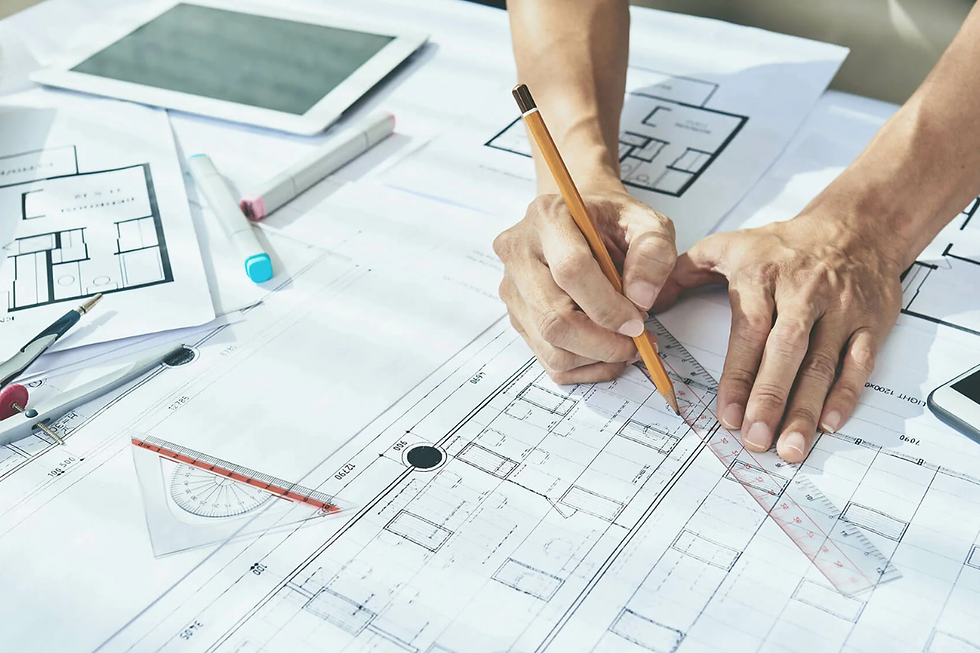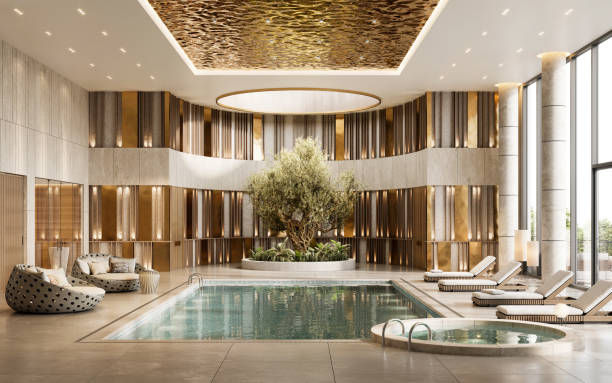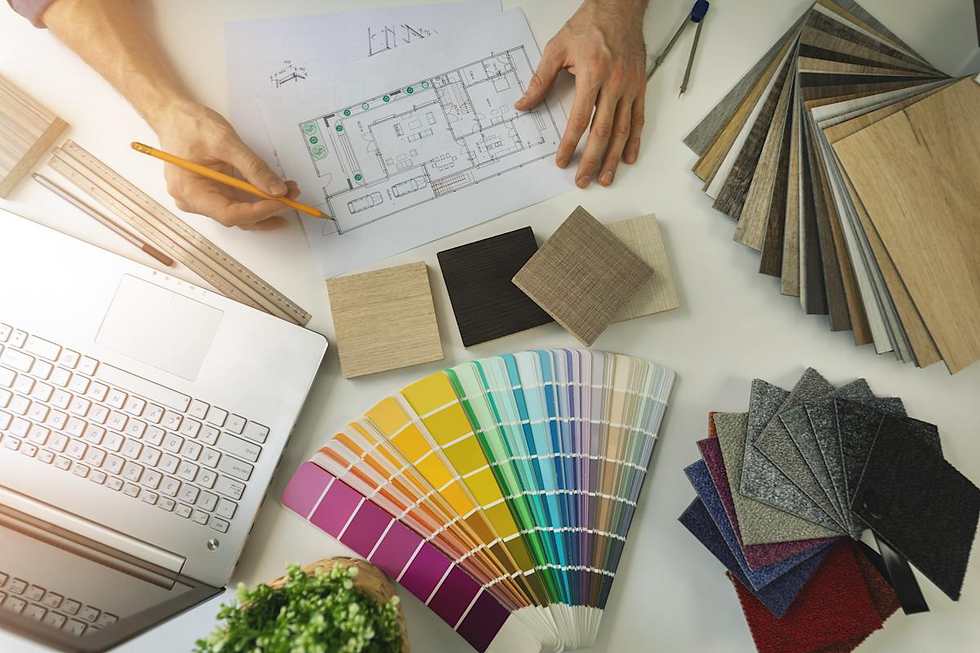What Makes a Great Interior Designer Stand Out?
- Lisa Merkle
- Jun 19
- 4 min read

Interior design is not just about choosing paint colors or rearranging furniture — it’s an art and a design process that marries creativity, psychology, strategy, and commerce. A terrific interior designer doesn’t just decorate a room — they reinvent it, everyone, every last thing, to the precise personality and needs of people who use it. But with thousands of established practitioners, what separates the great ones?
In this post, we delve into the qualities, habits and traits that differentiate a great interior designer from a good one.
A Keen Eye for Detail
Attention to detail is the key to fabulous interior design. From color schemes and textures to light sources and overall layout, a great designer notices things that escape most people. They know that each accessory, each line, and each finish has a part to play in achieving a sense of harmony in the space.
It’s not just what looks good but how it works. They also do a great job marrying form to function so that no inch is wasted and no detail is overlooked.
“Getting it” – towards the client’s vision
Great designer doesn’t create some style of design but take on the customer’s vision and implement it. This requires excellent communication skills, patience and empathy. They ask the right questions, listen carefully, and convert nebulous ideas into stunning designs.
Each project is a collaboration. Whether a client prefers minimalism, bohemian chic, or luxe sophistication, a standout interior designer finds a way to align with that vision—then quietly weaves their magic with a few of their special touches.
Creative Problem Solving
Interior design is not always smooth sailing. There are budgets to adhere to, awkward room configurations to solve, and unforeseen challenges, like structural problems or delivery delays. Great designers feed off of such moments — they transform problems into innovation opportunities.
For instance, small square footage can lead to a clever employment of multi-functional furniture or optical illusions with mirrors and lighting. A top-tier designer sees possibilities where others see problems.
Strong Technical Knowledge
Despite all of the focus on creativity, technical skill is just as vital. Great designers know the architectural fundamentals, how the building codes operate, the safety concerns, and are familiar with all the constraints based on the materials. They are familiar with what can be accomplished realistically within an environment and what carries a structural risk.
And thanks to a strong command of software tools such as AutoCAD, SketchUp, or Revit, they can create line-drawing floor plans and 3D models that, when presented to clients, offer a true vision of the final product—helping them avoid pricey missteps.
Classic Style with an Updated Look
The world of interior design moves fast. What was hot. five years ago, might seem passé now. The best designers have an instinct for timeless elements — natural materials, clean lines, classic lighting — that won’t look tired in a few years. But they also understand how to inject modernity in such a way that spaces feel fresh and relevant.
It’s this balance that allows designs to stand the test of time, to provide lasting satisfaction to the client and look polished despite passing trends.
From a Style Across Spaces Standpoint
There are designers for whom a niche look is the trademark, but the best are more versatile. They can go from designing a chic urban loft to a cozy suburban farmhouse. They adapt their process to the client, architecture and lifestyle needs.
Whether it’s a home, an office, a hotel, or a retail space, they get the varying dynamics that are involved and cut through to a space that not only looks good, but works for what it’s meant to do.
Network of Trustworthy Tradespeople
A great design is only as strong as the team that implements it. The great interior designers have a strong network of contractors, electricians, painters, carpenters and vendors that they can trust. These connections translate into lower pricing, better craftsmanship and fewer delays.
Most importantly, the designer serves as a project manager—making schedules, solving problems, and keeping everything moving on time and in budget.
Transparency and Expertise
The best designers have integrity. They’re transparent about timelines, pricing and what’s do-able. By setting expectations from the start, they’re able to circumvent the very sorts of frustrations of hidden fees or project delays that are familiar in their industry.
This professionalism comes out in the way they communicate, negotiate propositions, and handle clients. This streamlines the design aspects as well and is of course more fun for all.
A Portfolio That Has a Story to Tell
If you wonder whether a designer is really good or just average, his or her portfolio is the answer. The great ones have bodies of work that demonstrate not just talent, but range. Their projects don’t all feel identical — they share traces of the clients they’ve served, the goals they’ve met, the small ways in which their craft has evolved.
Every one of these has a little tale to tell; how the designers were able to operate under such specific constraints and still achieve phenomenal results.
Recognition and Experience on the Ground
For designers who blow their competition away, design organizations, magazines, or successful clients may honor them. They might have been published in publications or received design accolades. Yet more than that, top-tier designers come with native knowledge.
For instance, one of the top interior designers Los Angeles clients rely on recognizes not just the latest in design fashions but also the lifestyle, architecture and culture that are different from those in any other part of the country. With a range of images from coastal cool to Hollywood glam, their designs mirror the diverse personality of the city, as well as the practical needs of their clients.
Conclusion: Beyond Expectations Design
In a place where everybody can follow a Pinterest board or copy an Instagram look themselves, what separates a good interior designer from a great one has to be depth—and specifically their ability to invent something unique, functional and deeply personal.
A designer who stands out is a happy medium between artistry and technical their, listens more than they speak and transforms ordinary spaces into experiences that are anything but ordinary. Whether you are renovating one room or planning your dream home from the ground up, an experienced design team can make a world of difference.
So when you want to find a pro to design your ideal space, look for someone like the above. They won’t just meet your expectations — they will exceed them.



Comments